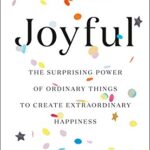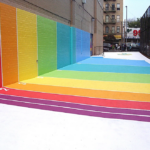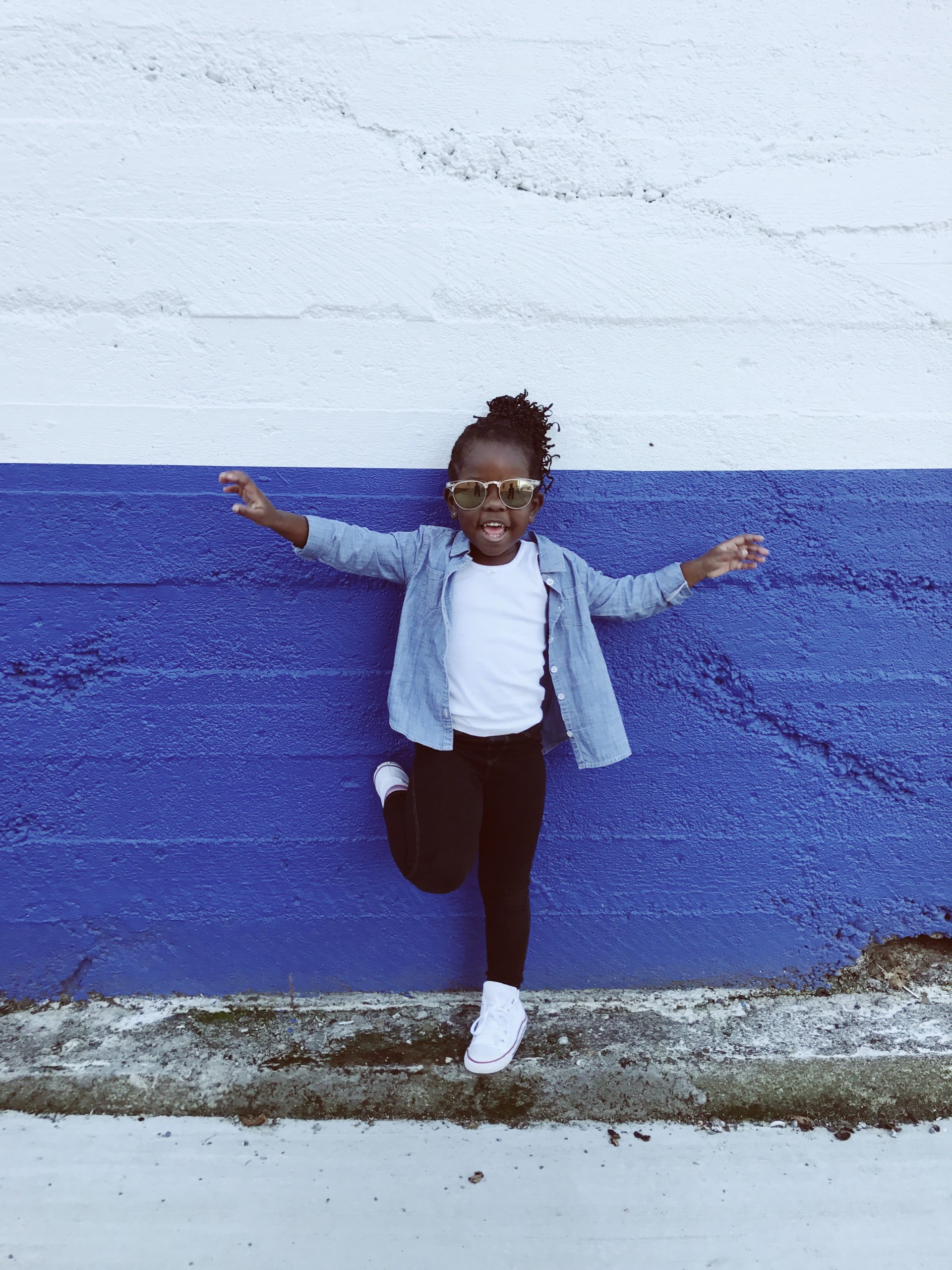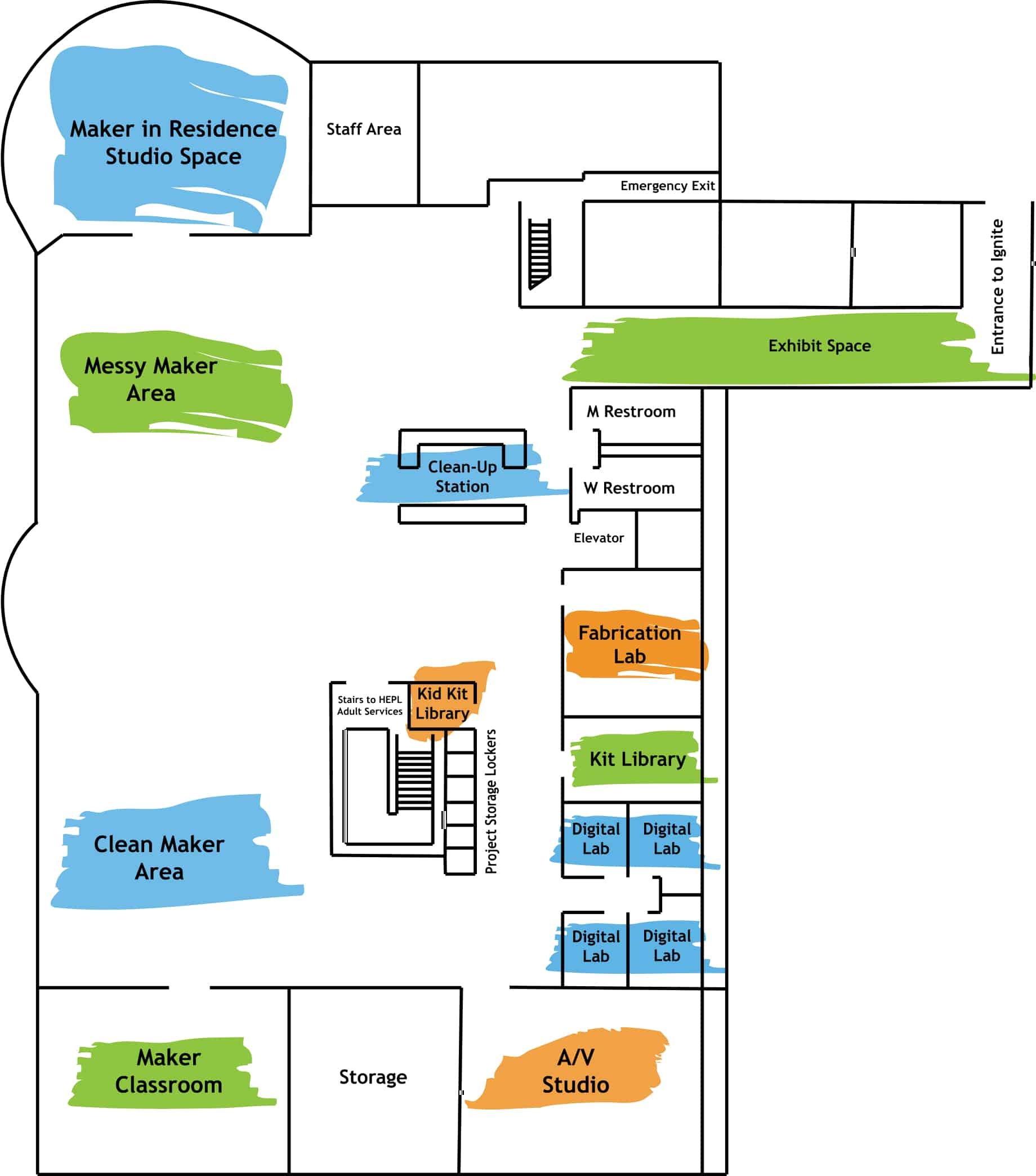By Kris Hurst
 Joyful: The Surprising Power of Ordinary Things to Create Extraordinary Happiness by Ingrid Fetell Lee may not sound like a book about the importance of art and design, but to me, it is. Lee seeks out places and objects that not only give us joy but also impact our lives in ways we may not consciously think about. I couldn’t help but notice how many of her examples connected with the basic elements of art: color, line, shape, value, space, texture, and form. She visits places and talks to people who illustrate how using these elements affect our interactions and sense of well-being. We are often made to feel that if we pay too much attention to our physical spaces, we are being frivolous or that art and design are inconsequential to how we live our lives. Lee provides example after example of how this is untrue.
Joyful: The Surprising Power of Ordinary Things to Create Extraordinary Happiness by Ingrid Fetell Lee may not sound like a book about the importance of art and design, but to me, it is. Lee seeks out places and objects that not only give us joy but also impact our lives in ways we may not consciously think about. I couldn’t help but notice how many of her examples connected with the basic elements of art: color, line, shape, value, space, texture, and form. She visits places and talks to people who illustrate how using these elements affect our interactions and sense of well-being. We are often made to feel that if we pay too much attention to our physical spaces, we are being frivolous or that art and design are inconsequential to how we live our lives. Lee provides example after example of how this is untrue.
Color

Publicolor Space
Take, for instance, color. Lee writes, “From the moment I first started studying joy, it was clear that the liveliest places and objects all have one thing in common: bright, vivid color.” She goes on to talk about Publicolor, a nonprofit that revitalizes New York City public schools by painting them intense, saturated colors. Evidence suggests that students feel safer, attendance improves, and graffiti disappears. When institutional architects shy away from using color, using instead a palette of creams and tans, studies show it negatively affects productivity and job satisfaction in the workplace, decreases participation in nursing homes, and increases violence in prison.
Shape
Lee discusses how curving lines and round-shaped things invite play. The simple form of a ball or sphere is attractive to both children and adults. She writes, “Play can be profoundly liberating, but it can also make us feel vulnerable,” and even though “there’s no right or wrong way to play, people who don’t regularly might wonder if they’re doing it badly.” Creating art also makes people feel vulnerable. Art reminds us that there are many ways to do things and that we learn by stepping out of our comfort zones. It allows us to take risks and be more creative.
Value

Value, or how light or dark something is, is also influential to our sense of well-being and connection. “Every sight we find joyful, from a sunrise to a baby’s face, we owe to light reflected from the environment into our eyes,” Lee states. Artists use light to set the mood of a painting or drawing. Architects make use of light in designing homes through window placement and orientation. Lee notes that “hospital patients assigned to sunnier rooms were discharged sooner and required less pain medication than those in rooms with less light.”
Space
If you’ve ever heard of feng shui, or, on the opposite end, watched Hoarders, you recognize the value of objects’ relation to one another, to the space that is in between. Your comfort in a space is somewhat dependent on the placement of objects or furniture. If there are too many things crammed into a space, you may notice unpleasant changes in your mood or feel overwhelmed. Conversely if a room is well organized, you may feel a sense of calm and order.
Texture

Texture
In Joyful, texture is linked to the concept of abundance—having enough to survive and thrive in our ever changing world. Texture, in the art world, is all about how a surface feels or looks like it would feel. Home interior designers know that adding textured pieces like fabrics, floor coverings, or furniture make a space feel more energetic and welcoming, more “full.” Lee talks about experiencing texture through the artful preparation of food. Cutting food in a certain way makes us feel something different when we eat it.
Artists make use of the elements of art to make us feel something. Joyful: The Surprising Power of Ordinary Things to Create Extraordinary Happiness shows how artful design directly influences real life. Though these effects may be subconscious, our physical spaces—chosen objects and chosen surroundings—have an effect on how we interact with each other and how connected we feel to the world around us. People who pay attention to the details—like artists, designers, architects, craftspeople, and chefs—enhance our lives in more ways than we probably ever fully realize. And that is so cool, and necessary.


